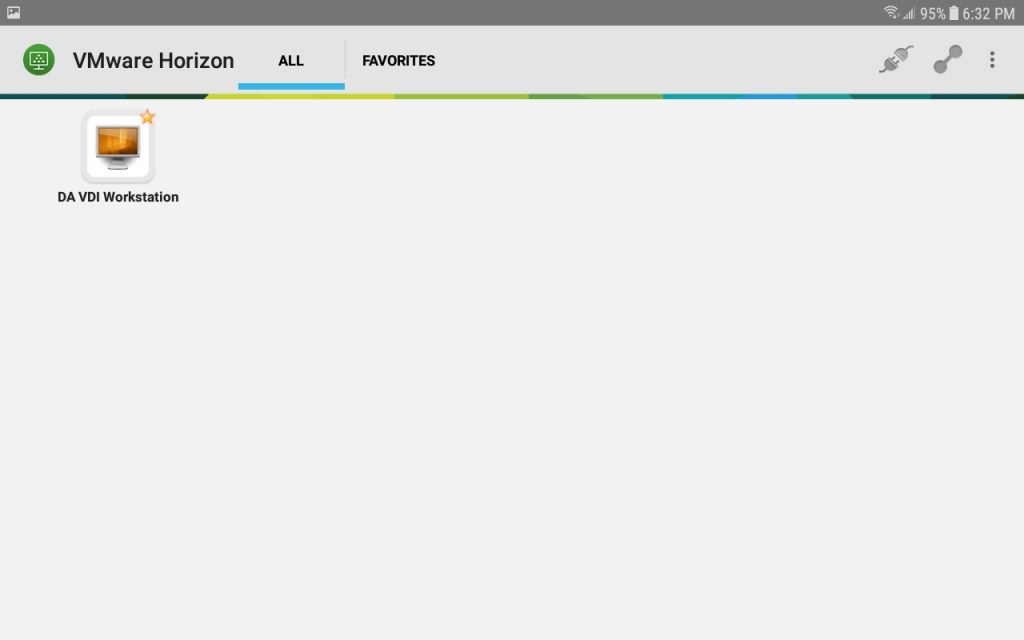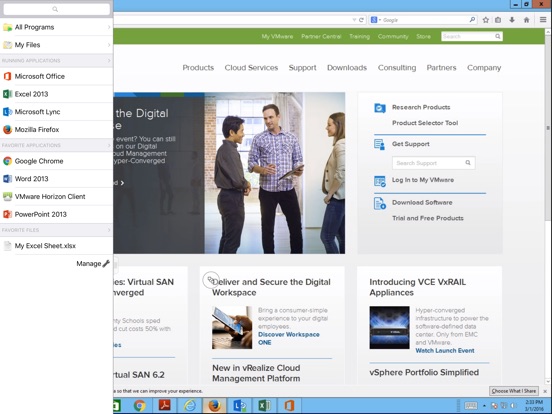


To configure a heavy forwarder as a deployment client, see Configure deployment clients in the Updating Splunk Enterprise Instances manual. If you haven't configured a forwarder as a deployment client, the page notifies you that no deployment clients have been found. To use the Forward Data page to configure data inputs, you must configure at least one forwarder as a deployment client. Prerequisites for using the Forward data page Instead, you can install an on-premises deployment server to synchronize forwarder configurations so that you don't have to manage forwarders manually. If you have a Splunk Cloud Platform deployment, then this page isn't available.
#VMWARE HORIZON CLIENT ONLINE LOGIN HOW TO#
Instead, see About deployment server and forwarder management in Updating Splunk Enterprise Instances to learn about the deployment server and how to use it to manage forwarder configurations to send to multiple indexers. If you have multiple machines in your Splunk deployment that perform indexing, then this page isn't useful. If one of these scenarios fits your situation, then you can manage available forwarders by following the "Use the Select Forwarders page to define and populate server classes with forwarders" procedure, described later in this topic. You use a Free Trial Splunk Cloud Platform deployment and have configured a universal forwarder to connect to the Splunk Cloud Platform instance as a deployment client.You use a single instance of Splunk Enterprise that acts as an indexer and a deployment server.This page appears when you click the Forward button on the Add data page. You can configure the forwarders so that they send data to the instance. The Forward data page lets you select and control forwarders that have connected to the Splunk platform instance.


 0 kommentar(er)
0 kommentar(er)
